- MOE
- National Parks of Japan
- Yambaru National Park
- Characteristics
main body

Characteristics
A diversity of life thrives in the subtropical Yambaru forest, its mountains, and in the lives of the people who call this home
Designation: September 15, 2016
Area: 13,622 ha (land area)
Okinawa Prefecture
Area: 13,622 ha (land area)
Okinawa Prefecture
Yambaru National Park, located in the northern part of Okinawa Island was designated as the 33rd National Park in Japan on September 15, 2016. The park displays a diverse and varied natural environment from its subtropical evergreen laurel forest making it Japan's largest of its kind and a reflection of the process of forming the Ryukyu Islands. Its wide variety of unique plants and animals, such as Okinawa rail under a backdrop of the geological history that formed the islands, the rare animals and plants living in the park, the sea cliffs and karst limestone formations, and mangrove forests all add to the diversity of its environment. Another feature alive in the cultural landscape is the day to day living, nurtured, traditions that are special to Yambaru in this natural environment. Visitors can enjoy at this great natural subtropical stage in Yambaru National Park, drives through the park, tours of scenic spots, trekking, canoeing, and animal watching, The park offers visitors an opportunity to interact with the tremendous natural beauty the area offers.
Terrain/ Scenery
The name "Yambaru," which carries the meaning of a region with a mountain range and forests spread wide, refers to the northern part of Okinawa Island covered by subtropical laurel forests. In particular, the zone centered on Kunigami Village, Ogimi Village, and Higashi Village is home to endemic species including the Okinawa woodpecker and Okinawa rail, and retains biologically cohesive forests in a relatively sound condition.
Biodiversity
A great variety of life forms thrive in a small area in the Yambaru region. Here, many truly diverse and unique forms of life create a complex and closely intertwined ecosystem. Although Kunigami Village, Ogimi Village, and Higashi Village make up less than 0.1% of total area of Japan, a high percentage of the plant and animal species recognized in Japan inhabit the area, including about half of the bird species and about a quarter of native frog species.
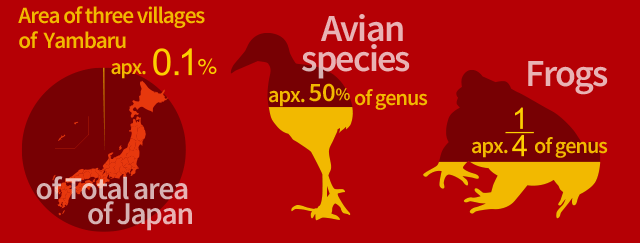
Biodiversity
Subtropical laurel forest
The Yambaru region is located close to north latitude 27 degrees. Deserts and arid regions are common in subtropical zones at the same latitude around the world; few of the regions contain forests like Yambaru.The Ryukyu Islands have a warm, rainy (average annual precipitation: about 2,500 mm) subtropical marine climate created by the Japan Current that flows from directly under the equator and by the seasonal rain front and typhoons. This meteorological environment creates Yambaru's rich forests, which in turn have given birth to many forms of life.
The Yambaru region has a forest cover ratio of over 80%. The natural vegetation accounting for the widest area is subtropical evergreen broad-leaved forest, represented by Castanopsis sieboldii, Quercus miyagii, and other members of the beech family.
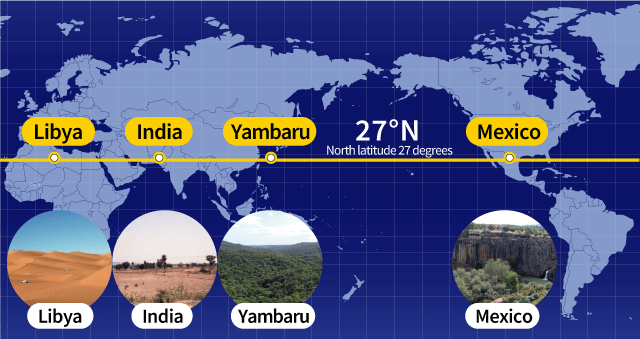
Subtropical laurel forest
History of island formation
Since the Tertiary Period of the Cenozoic Era (about 1.7 million to 23 million years ago), the Ryukyu Islands repeatedly connected to and separated from the Asian mainland and the Japanese main island, due to drastic crustal alteration. At those times, a variety of life forms crossed over to the Ryukyu Islands. Closed off on the islands, these life forms subsequently underwent evolution over tens of thousands of years, becoming species unique to each island.
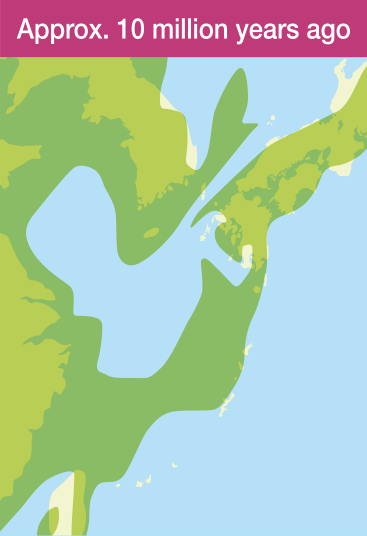
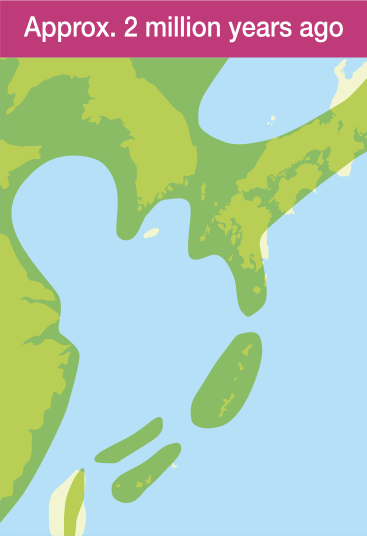
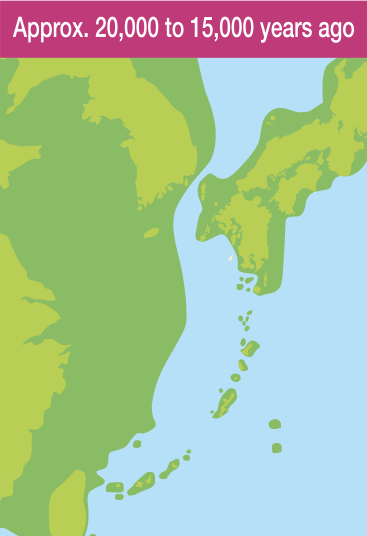
Wildlife/ Plants
Endemic species inhabiting the Yambaru region include the Okinawa rail, Okinawa woodpecker, Ryukyu long-haired rat, Okinawa spiny rat, Ishikawa's frog, and Yanbaru long-armed scarab beetle. Some areas with high elevation are home to cloud forests, where epiphytic ferns and orchids such as Dendrobium okinawense thrive. Mountain stream plants characteristic of tropical and subtropical zones are distributed from the headwaters of rivers to mountain streams at the rivers' middle reaches, creating an environment where amphibians unique to the Yambaru region spawn and thrive.
Cavities form in the trunks of Castanopsis sieboldii, Quercus miyagii, and other hardwoods as the trees grow in diameter. Over the years, these become tree hollows. The Okinawa woodpecker, Ryukyu long-haired rat, Yanbaru long-armed scarab beetle, and other creatures use this environment and are dependent upon the forests in which large-diameter trees grow.
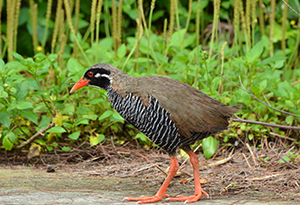
Okinawa Rail
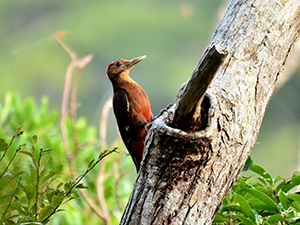
Okinawa Woodpecker
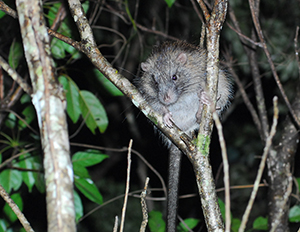
Ryukyu Long-haired Rat
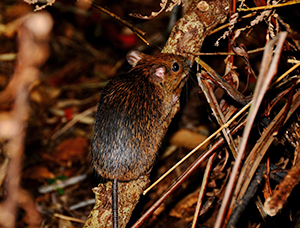
Okinawa Spiny Rat
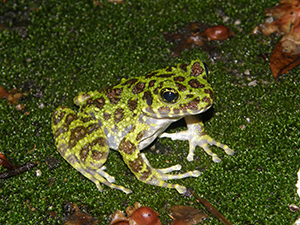
Ishikawa's Frog
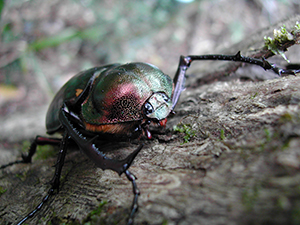
Yanbaru Long-armed Scarab Beetle
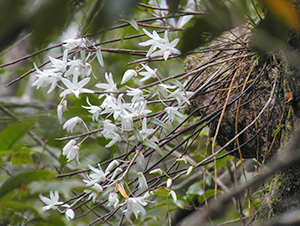
Dendrobium okinawense
Culture
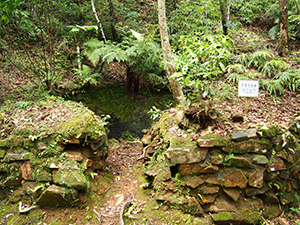
Charcoal Kiln
From the age of the Ryukyu Kingdom to modern times, the Yambaru region has played an important role as a location for the production and supply of forestry products used to make firewood and charcoal, to construct castle towns and ships, and so on. Until the 20th century Showa Era, marine transport was the norm, and active trade with the central portion of Okinawa Island was carried out by what were known as "Yambaru-sen" i.e. "Yambaru ships." The Kunjansabakui, a song sung as many people carried heavy lumber from the Kunigami region to the Ryukyu Kingdom capital, has been handed down to the present. Even now, traces of charcoal kilns and indigo pots remain as vestiges of the past occupations of making firewood, charcoal, Ryukyu indigo, and other products in the mountains.

Shinugu of Ada hamlet
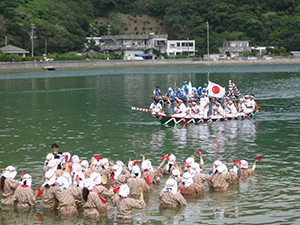
Ungami of Shioya Bay
The hamlets of the Yambaru region see the surrounding mountains and sea as a unity. They reveal a recognition of space that accepts the bounty of nature from a single space. What characterizes this recognition is the rituals - symbolically expressed by the Shinugu rite to pray for an abundant harvest and catch, the Unjami or Ungami festival of the sea god, and others - which are handed down by traditions of the hamlets.
